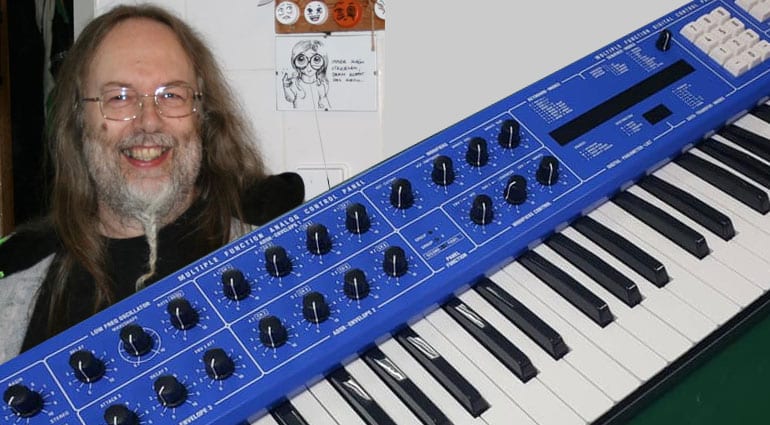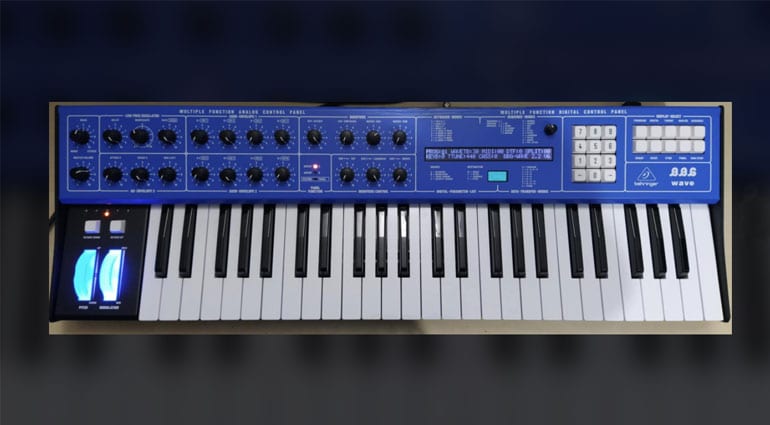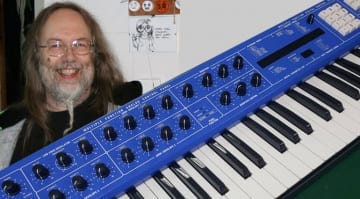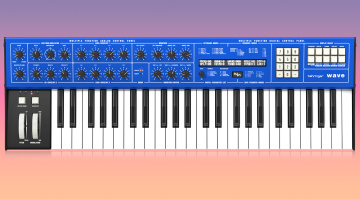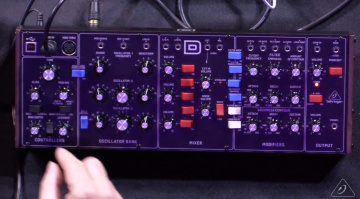Legendary programmer Hermann Seib joins the Behringer Wave Synthesizer Development Team
Hermann Seib has worked with PPG synthesizers for decades building computer interfaces, emulating them in software and helping Wolfgang Palm develop his PPG software instruments.
Behringer collaboration
Behringer has been actively looking for collaborators on their many synthesizer projects. We’ve seen Rob Kemble from AMSynths working on the 2600 and Korg’s Hiroaki Nishijima heading up their Tokyo R&D department. Hermann Seib comes from a software direction which is ideal when it comes to tackling digital synthesizers so it makes complete sense to have him working on the recently announced Behringer BBG Wave clone of the PPG Wave synthesizer.
Hermann shared his history with the PPG Wave:
Around 1987, I was finally able to buy a used Wave 2.2/Waveterm set. Since that time, I have become a fan of these machines and know pretty well how they work. However I’m much more of an engineer than a musician and to me, the Wave synthesizers are “computers with attached tone generation circuits”. Around 2000, I started to reverse engineering their operating system, so that I could understand how they work from a computer perspective. It took me quite a while to understand the sound generation side of the things and while I still wouldn’t say that I’ve fully mastered every detail, my understanding was good enough to create an upgrade to the original V6 software. The result was version 8.3, which is a commercially available upgrade.Around 2000, I became involved with Paula Maddox and Dave Forward in a project called “Waveterm C”. The idea was to recreate the Waveterm in a more modern PC running Windows version and use a USB interface to communicate to the Waves/EVUs/PRKs. Well, we got the software side up and running, for which I was responsible for and it worked to a point where you could create wavetables and transient sounds. The USB-based hardware interface worked quite well, too, but unfortunately the project never became mature enough to be launched.I also created WaveSim, my simulation of the famous Wave/EVU, which was first only as a standalone Windows program and later available as VSTi as well. Wolfgang Palm was aware of these activities for quite a while and in 2008, he contacted me. We exchanged ideas and he helped me understand some details of the Wave synthesizers, which resulted in further WaveSim improvements. Wolfgang then went on to create lots of new, vastly improved wavetables that could be loaded into WaveSim which can be found here.Later in 2012, Wolfgang became interested in porting his PPG WaveGenerator, which was only available as iOS Plugin, to VST and Audio Unit on Windows and Mac OS – a project I was heavily involved in. Subsequently I entered similar collaborations on Wolfgang’s other PlugIn creations such as the PPG Wavemapper 2, PPG Phonem, and PPG Infinite.”
More information

 5,0 / 5,0 |
5,0 / 5,0 | 